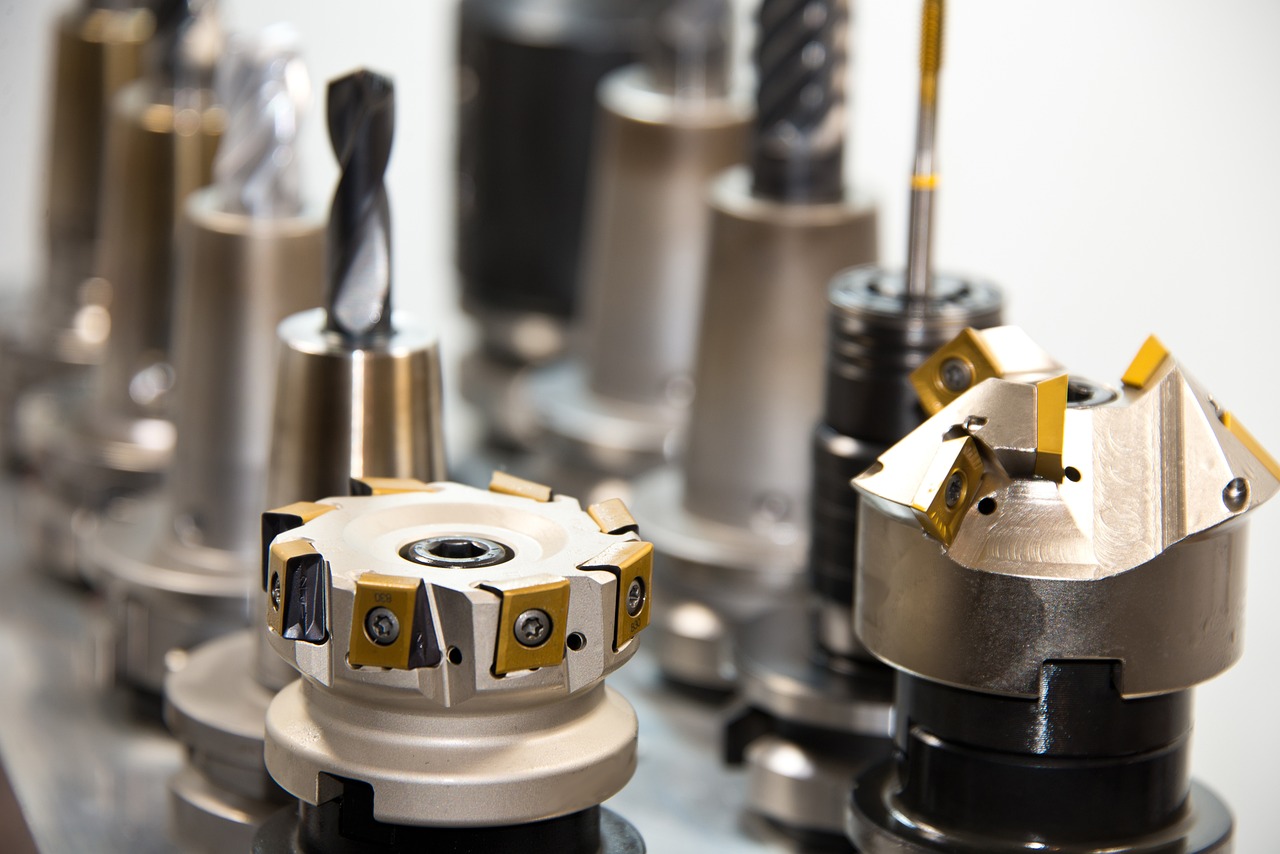Introduction:
In the world of materials science and engineering, the art of alloying has given rise to a myriad of materials that possess properties surpassing those of their individual components. Alloys, defined as mixtures of two or more elements with at least one being a metal, stand as the cornerstone of modern industry. This article explores the fascinating realm of alloys, examining their composition, key features, common types, and the crucial role they play in shaping the materials that power our technological advancements.
The Alchemical Blend: Key Features of Alloys
1. Composition:
Alloys are born from a deliberate marriage of elements. Combinations of metals and non-metals are carefully crafted to yield materials with properties distinct from their parent elements.
2. Homogeneous Structure:
At a microscopic level, alloys exhibit a homogeneity in their structure. This uniform distribution of elements contributes to the consistent and predictable properties displayed by the alloy.
3. Enhanced Properties:
The primary motive behind alloy creation is the enhancement or modification of properties inherent in the base metal. Strength, corrosion resistance, hardness, and other characteristics can be tailored to meet specific industrial or technological needs.
4. Synergistic Effects:
Alloys often showcase synergistic effects, where the combined elements result in properties superior to those of the individual components. This synergy allows engineers and scientists to fine-tune materials for diverse applications.
Common Types of Alloys and Their Applications
1. Steel:
Steel, an alloy of iron and carbon, reigns as one of the most ubiquitous alloys. Its composition can be further enriched with elements like manganese, chromium, and nickel, making it a versatile material for construction, manufacturing, and beyond.
2. Brass:
Composed of copper and zinc, brass boasts a distinctive yellowish hue. This alloy is celebrated for its corrosion resistance and aesthetic appeal, finding applications in musical instruments, decorative items, and plumbing fixtures.
3. Bronze:
An alloy of copper and tin, bronze has a rich history. Its strength, corrosion resistance, and malleability have made it a preferred material for artistic sculptures, coins, and historical artifacts.
4. Aluminum Alloys:
Widely used in aerospace, automotive, and construction, aluminum alloys combine aluminum with elements like copper, zinc, and magnesium. These alloys are celebrated for their lightweight nature, corrosion resistance, and versatility.
5. Stainless Steel:
Comprising iron, chromium, nickel, and other elements, stainless steel is renowned for its corrosion resistance and hygiene properties. It finds applications in kitchen appliances, medical instruments, and architectural structures.
6. Titanium Alloys:
Titanium alloys blend titanium with elements like aluminum and vanadium. Known for their high strength-to-weight ratio and corrosion resistance, these alloys are vital in aerospace, medical, and military applications.
7. Nickel Alloys:
Incorporating nickel with elements like chromium and iron, nickel alloys excel in high-temperature and corrosive environments. They are prevalent in chemical processing, aerospace, and power generation.
Alloy Manufacturing: Crafting the Perfect Blend
Alloys can be synthesized through various methods, each tailored to the specific alloy and its intended application. Processes such as melting and mixing, powder metallurgy, and various casting and forging techniques are employed to achieve the desired composition and properties.
Conclusion: Alloys at the Core of Technological Advancement
In the grand tapestry of materials science, alloys emerge as the alchemists’ potion, seamlessly blending elements to create materials that push the boundaries of strength, versatility, and innovation. From the soaring heights of aerospace engineering to the intricate details of artistic sculptures, alloys are the unsung heroes that underpin modern technology and industry. As our understanding of materials deepens and technological demands evolve, the role of alloys continues to expand, promising a future where materials are not just components but carefully crafted symphonies of elements, each contributing to the harmonious progress of science and industry.



